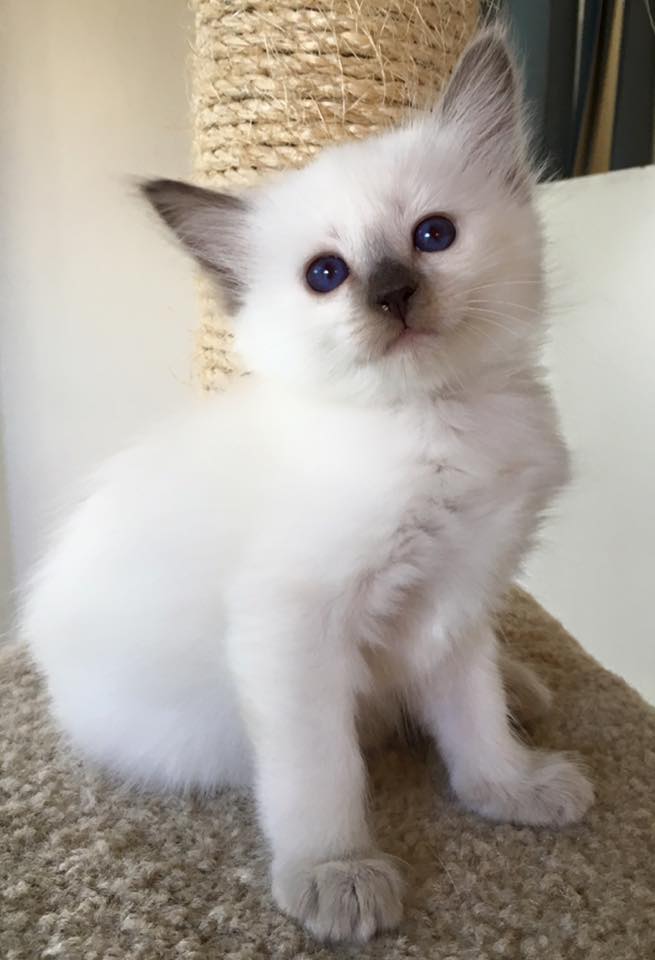Balinese cats, with their silky coats and expressive personalities, are often celebrated for their elegance and intelligence. Yet owning one across different regions of the world requires more than admiration, it demands a nuanced understanding of how climate, cultural norms, and care infrastructure shape their well-being. While the breed’s adaptability is impressive, responsible ownership hinges on anticipating environmental and social variables that influence their health and happiness.
In tropical climates, Balinese cats face unique challenges due to their semi-long fur and high activity levels. Heat stress can manifest subtly, often mistaken for lethargy or mood shifts. Owners in equatorial regions must prioritize ventilation, hydration, and shaded resting areas. Air conditioning or cooling mats aren’t luxuries they’re essential tools for maintaining core temperature. Grooming routines should shift seasonally, with more frequent brushing during humid months to prevent matting and skin irritation. Unlike short-haired breeds, Balinese cats retain heat more easily, making climate responsive care a cornerstone of ethical ownership.
Cold climates present a different set of considerations. While their coat offers moderate insulation, Balinese cats are not built for prolonged exposure to freezing temperatures. Indoor enrichment becomes critical in regions with long winters, as reduced outdoor access can lead to boredom and behavioral issues. Heated beds, interactive toys, and structured play routines help maintain physical and mental stimulation. Owners in colder zones should also monitor for dry skin and static buildup, which can affect comfort and grooming habits. Humidifiers and omega-rich diets often mitigate these seasonal effects.
Cultural attitudes toward cats vary widely, influencing how Balinese cats are perceived and treated. In parts of Asia and the Middle East, cats are revered but often live semi-independently, which clashes with the Balinese breed’s need for close human interaction. Owners in these regions must create intentional bonding rituals to meet emotional needs. In contrast, Western cultures tend to anthropomorphize pets, which aligns well with the Balinese cat’s social nature but can lead to overstimulation if boundaries aren’t respected. Understanding local pet norms helps owners strike a balance between affection and autonomy.
Urban environments pose logistical challenges that rural settings may not. High-rise living requires secure balconies, window screens, and vertical space solutions like cat trees and wall perches. Balinese cats thrive when they can observe and interact from elevated vantage points, making spatial design a key factor in behavioral health. In rural areas, the risk shifts toward outdoor hazards predators, toxins, and traffic. Supervised outdoor time or enclosed gardens offer safe alternatives that honor their curiosity without compromising safety.
Access to veterinary care and breed specific knowledge varies dramatically across countries. In regions with limited feline specialists, owners must become proactive researchers, learning to identify early signs of breed specific conditions like progressive retinal atrophy or respiratory sensitivities. Telehealth services and global breed forums can bridge gaps in expertise, but they require digital literacy and initiative. Vaccination schedules, parasite control, and dietary standards also differ globally, so aligning care with both local regulations and breed best practices ensures comprehensive health management.
Nutrition must be tailored not just to the breed but to regional availability. In some countries, high quality grain free or protein rich cat food is readily accessible, while others rely on imported brands or homemade diets. Balinese cats benefit from lean proteins, taurine rich ingredients, and minimal fillers, but sourcing these consistently can be a challenge. Owners should evaluate local options critically and consider supplementation when necessary. Cultural dietary norms such as vegetarian households may require creative solutions to meet carnivorous needs without compromising ethical values.
Owning a Balinese cat is a commitment to emotional engagement, environmental awareness, and cultural sensitivity. Their intelligence and affection make them ideal companions, but only when their needs are met with intentionality and respect. Whether in a bustling city apartment or a quiet countryside home, the key lies in adapting care to context, not forcing the cat to conform. Global ownership isn’t just about access, it’s about insight, empathy, and the willingness to evolve alongside a breed that demands and deserves nothing less.
Related Cat Breeds:

